Hubble’s Last Hurrah
The orbiting space telescope has captured star births and deaths, galactic collisions and the accelerating expansion of the universe
Clear of earthly mists in an orbit 375 miles above Earth, the Hubble Space Telescope peers through the very mists of time. The universe has been expanding ever since the Big Bang 13.7 billion years ago, and due to the time it takes light to travel, the farther away in space Hubble focuses its attention, the farther back in history it can see. Hubble has witnessed galaxies forming barely half a billion years after the Big Bang—capturing light generated 13 billion years ago. By flipping through Hubble's extraordinary snapshots, astronomers can trace the development of planets, stars, galaxies and even the universe itself.
Perhaps the biggest surprise to come from Hubble (backed by other instruments) is that the universe is not merely expanding, but it is expanding faster and faster, propelled by a mysterious force called dark energy. Astronomers have deduced that dark energy makes up more than 70 percent of the stuff in the universe. But what exactly is it? That's "the most crucial question facing physics today," says Hubble senior astronomer Mario Livio. To see dark energy in action, Hubble is clocking the speed of stars from when the universe first began accelerating four billion years after the Big Bang.
Hubble, launched by NASA in 1990, gazed farthest back in time during the Ultra Deep Field survey in 2004. Most of the 10,000 galaxies it surveyed were mere tots, born only half a billion years or so after the Big Bang. Some had oddball shapes such as loops or spears; after these gawky youngsters collide, the theory goes, they develop more familiar structures—ellipses or, like our Milky Way, tidy spirals.
Some of Hubble's most glorious images show clouds of gas and dust hundreds or thousands of light-years across. Given world enough and time, and a little hydrogen and helium, a star can form at the center of such a cloud and perhaps induce other stars to be born along with it. The result is what astronomers call a nursery of infant and toddler stars. As Hubble has enabled us to see, stellar death throes can be just as spectacular, spewing out waves of debris set aglow by the light of the dying star's embers.
In a solar system not far from ours, the space telescope made the first direct observation of an extrasolar planet. It has also watched a planet pass in front of its parent star, which illuminated the planet's atmosphere and revealed its chemical elements. Hubble has detected signs of water, methane and carbon dioxide on distant planets; scientists seeking signs of life elsewhere in the universe are focusing on planets with such chemical signatures. Closer to home, Hubble has discovered planetoids beyond Pluto. It also let us ooh and aah at Saturn's and Jupiter's equivalents of the northern lights.
Spaceflight takes a toll on any machine, and Hubble has lasted for two decades only because it has been serviced five times by space shuttle astronauts. In 1993, astronauts fitted its eight-foot mirror with a giant contact lens to correct its vision. Other missions have replaced gyroscopes, which stabilize the craft, and swapped outmoded instruments with updated ones. A final tuneup was carried out in 2009 by astronauts from the space shuttle Atlantis. They overhauled two balky instruments, delivered two new ones and installed new gyroscopes and batteries. A new computer, electrical insulation and a guidance sensor completed the detailing. After 20 years of service, Hubble is now expected to last until 2014 or so. Then the incomparable eye will blink shut.
Since Hubble's launch, astronomers have developed ground-based scopes that squint through the atmosphere and rival some of Hubble's observational powers. And other satellite telescopes have joined Hubble in orbit. They're tuned to X-rays or gamma rays, which are scientifically important but somehow less stirring than the good old visible light Hubble sees. And sure, there will be other telescopes that surpass the pioneering craft. But stargazers everywhere will rue the loss of Hubble's magnificent view.
Laura Helmuth is a senior editor for Smithsonian.
/https://tf-cmsv2-smithsonianmag-media.s3.amazonaws.com/accounts/headshot/laura-helmuth-240.jpg)
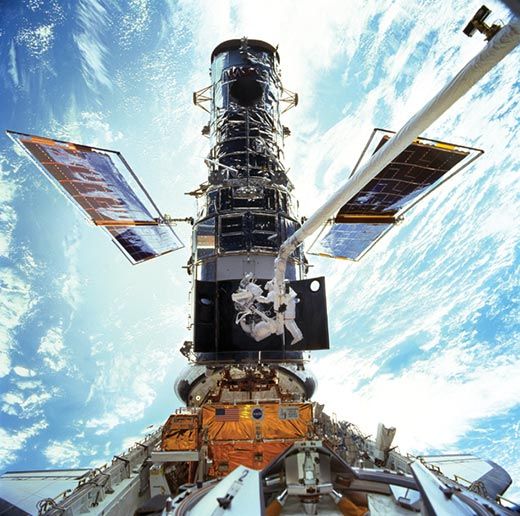
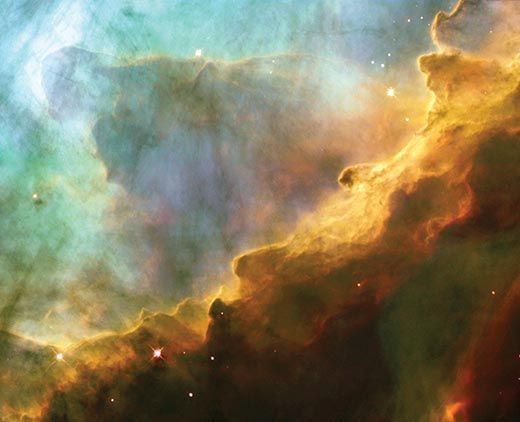
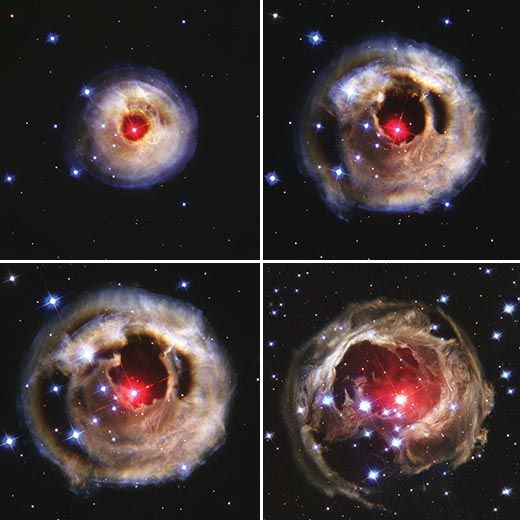
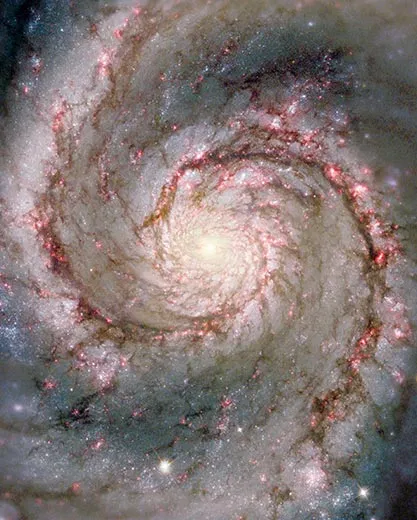
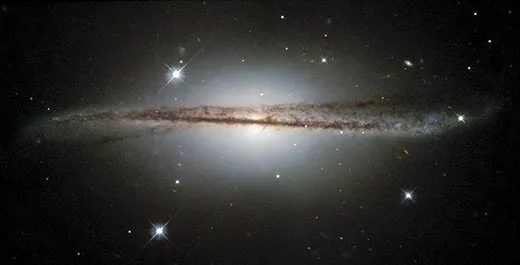
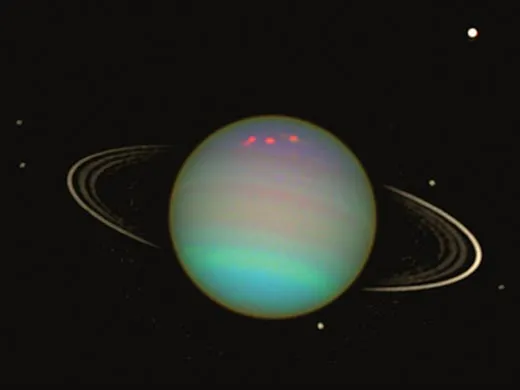
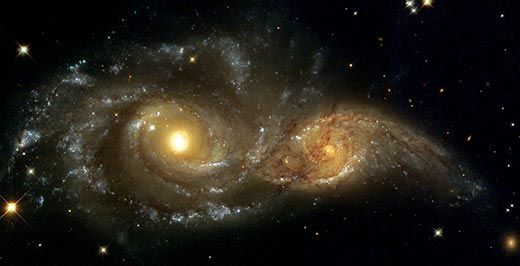
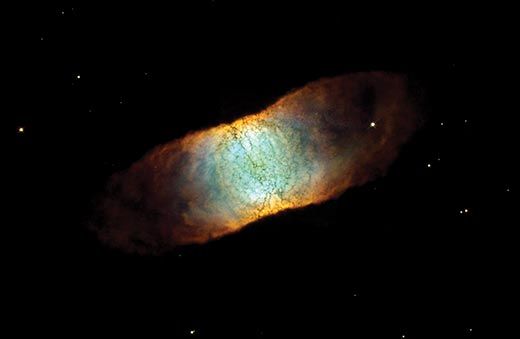
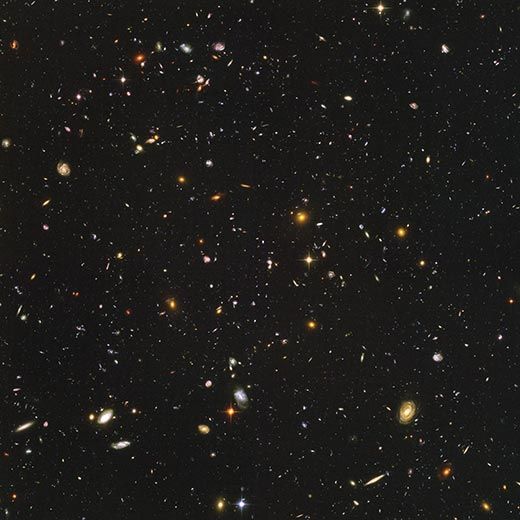
/https://tf-cmsv2-smithsonianmag-media.s3.amazonaws.com/accounts/headshot/laura-helmuth-240.jpg)